- Melons: Mastering the Art of Growing
- Introduction
- 1. Choose the Right Variety
- 2. Provide Adequate Sunlight
- 3. Prepare the Soil
- 4. Provide Sufficient Water
- 5. Implement Proper Pruning and Support
- Conclusion
- Ideal Soil Conditions for Melon Cultivation
- 1. Soil Type
- 2. Organic Matter
- 3. pH Level
- 4. Soil Moisture
- 5. Soil Temperature
- Choosing the Right Melon Varieties
- 1. Climate and Growing Conditions
- 2. Size and Shape
- 3. Taste and Texture
- 4. Disease Resistance
- 5. Harvesting Time
- Essential Tips for Sowing Melon Seeds
- 1. Choose the Right Seeds
- 2. Start Indoors
- 3. Provide Proper Watering
- 4. Support the Vines
- 5. Monitor for Pests and Diseases
- Understanding Melon Plant Care
- 1. Site Selection:
- 2. Soil Preparation:
- 3. Planting:
- 4. Watering:
- 5. Fertilizing:
- 6. Pest and Disease Management:
- 7. Harvesting:
- 8. Storing:
- The Importance of Proper Watering Techniques
- Protecting Melons from Pests and Diseases
- 1. Implement good cultural practices:
- 2. Monitor for pests:
- 3. Use natural pest control methods:
- 4. Prevent diseases:
- 5. Maintain overall plant health:
- Harvesting Melons at the Peak of Flavor
- Storing and Enjoying Homegrown Melons
- 1. Harvesting Melons
- 2. Preparing Melons for Storage
- 3. Storing Melons
- 4. Enjoying Melons
- 5. Preserving Excess Melons
- “Question-Answer”
- What is the best time to plant melons?
- How should I prepare the soil for planting melons?
- What are some common pests and diseases that affect melon plants?
- How often should I water my melon plants?
- When are melons ready to be harvested?
- “Video” Watermelon plant growth from day 1 to 50 days cultivating process || watermelon seed to fruits
Growing melons can be a challenging yet rewarding experience. These juicy fruits are not only delicious, but they also offer a range of health benefits. Whether you’re a seasoned gardener or a beginner, there are a few tricks that can help you successfully grow melons in your own backyard.
1. Choose the right variety: There are many different types of melons to choose from, including watermelons, cantaloupes, and honeydews. Each variety has its own unique requirements, so it’s important to do your research and select the one that’s best suited for your climate and growing conditions.
2. Start with good soil: Melons thrive in well-drained soil that is rich in organic matter. Prior to planting, amend your soil with compost or well-rotted manure to ensure it’s packed with nutrients. Additionally, melons prefer a pH level between 6 and 6.8, so consider testing your soil and making any necessary adjustments.
3. Provide ample sunlight: Melons are sun-loving plants that require at least 6-8 hours of direct sunlight each day. Consider planting them in a location that receives full sun and avoid areas with excessive shade or competition from neighboring plants.
4. Use proper spacing: Melons need plenty of space to spread out and grow. Ensure you leave enough room between plants to allow for proper air circulation and to prevent overcrowding. Typically, melon plants should be spaced around 2-3 feet apart.
5. Water consistently: Melons have a high water requirement, so it’s important to provide consistent and even moisture throughout the growing season. Aim to keep the soil evenly moist, but not waterlogged. As the fruits begin to ripen, reduce watering to prevent splitting.
With these expert tips in mind, you’ll be well on your way to growing delicious and juicy melons in your own backyard. Remember to be patient and diligent in caring for your plants, and soon you’ll be enjoying the sweet rewards of your labor.
Melons: Mastering the Art of Growing
Introduction
Growing melons can be a rewarding and delicious experience. However, it requires a certain level of expertise to ensure a successful harvest. In this article, we will explore five expert tips that will help you become a master at growing melons.
1. Choose the Right Variety
One of the keys to success in growing melons is selecting the right variety for your region and climate. Different melon varieties have different requirements for temperature, sunlight, and soil conditions. Some popular melon varieties include watermelon, cantaloupe, and honeydew. Research the different varieties and choose the one that is best suited for your growing conditions.
2. Provide Adequate Sunlight
Melons are sun-loving plants and require at least 6-8 hours of direct sunlight each day. Choose a sunny spot in your garden or create a raised bed that receives ample sunlight. Avoid planting melons in areas with excessive shade, as this can result in poor fruit development and yield.
3. Prepare the Soil
Before planting your melons, it’s important to prepare the soil properly. Melons prefer well-drained soil that is rich in organic matter. Add compost or well-rotted manure to improve the soil’s fertility and drainage. Additionally, melons prefer a slightly acidic soil with a pH level between 6.0 and 6.8. Test your soil’s pH level and make any necessary adjustments.
4. Provide Sufficient Water
Proper watering is crucial for the successful growth of melons. Melons need consistent moisture to develop juicy and sweet fruits. Water the plants deeply and regularly, especially during dry periods. Avoid overhead watering, as it can lead to the spread of diseases. Instead, use drip irrigation or a soaker hose to water the plants at the base.
5. Implement Proper Pruning and Support
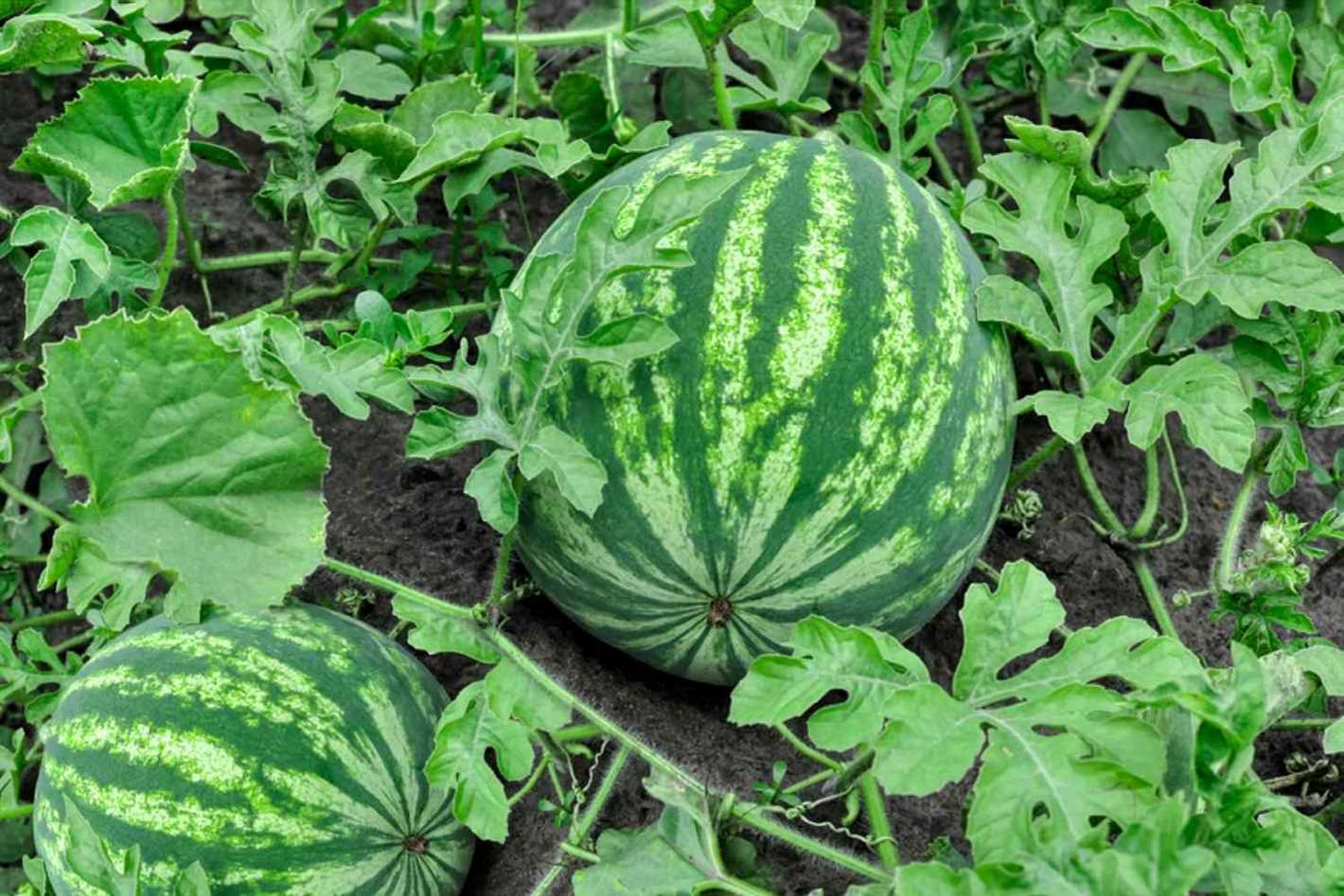
Pruning and support techniques can help improve the quality of your melon plants and increase the yield. Remove any side shoots or suckers that develop on the main stem to promote airflow and prevent diseases. Additionally, provide support for the melon fruits by using trellises or cages. This will prevent the fruits from touching the ground and reduce the risk of rot.
Conclusion
By following these expert tips, you can become a master at growing melons. Remember to choose the right variety, provide adequate sunlight and water, prepare the soil properly, and implement proper pruning and support techniques. With practice and patience, you will be rewarded with delicious and juicy melons from your garden.
Ideal Soil Conditions for Melon Cultivation
Creating the perfect soil conditions is crucial for successful melon cultivation. Melons thrive in well-drained soil that is rich in organic matter and has a slightly acidic pH level. Here are the ideal soil conditions for growing melons:
1. Soil Type
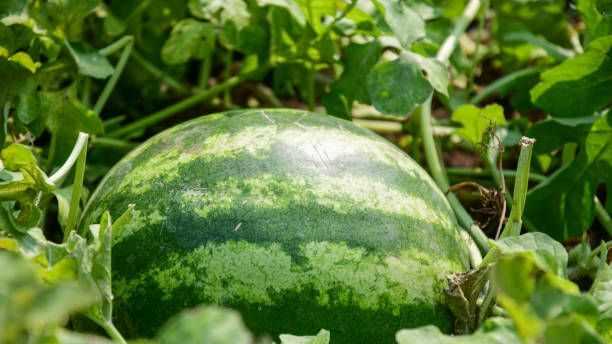
Melons prefer sandy loam soil with good drainage. Sandy soil allows water to pass through easily and prevents waterlogging, which can lead to root rot. Loam soil, with its balanced combination of sand, silt, and clay, provides good water retention and nutrient availability.
2. Organic Matter
Adding organic matter, such as compost, to the soil improves its structure and fertility. The organic matter increases the soil’s ability to retain moisture and nutrients, ensuring healthy melon growth.
3. pH Level
The ideal pH level for melon cultivation is between 6.0 and 6.8. Slightly acidic soil provides optimal conditions for nutrient uptake and helps prevent nutrient deficiencies. Conduct a soil test to determine the pH level of your soil and make necessary adjustments using compost or organic matter.
4. Soil Moisture
Melons need a consistent level of soil moisture, but overwatering can lead to root diseases. Use the finger test to check the soil moisture level. Stick your finger into the soil up to the second knuckle. If it feels dry at that depth, it’s time to water. Regular watering is vital during the fruit development stage.
5. Soil Temperature
Melons require warm soil for optimal growth. The ideal soil temperature for planting melon seeds is around 70°F (21°C). Using black plastic mulch can help raise the soil temperature and promote early growth.
By ensuring the ideal soil conditions for melon cultivation, you can increase your chances of a fruitful harvest. Remember to make regular soil amendments and monitor moisture levels to maintain healthy melon plants.
Choosing the Right Melon Varieties

Choosing the right melon varieties is essential for a successful melon garden. There are several factors to consider when selecting the right melon variety for your garden. Here are some tips to help you choose the perfect melon variety:
1. Climate and Growing Conditions
Consider the climate and growing conditions in your area. Some melon varieties are more suitable for hot climates, while others can tolerate cooler temperatures. Choose a variety that is best suited for your specific climate and growing conditions.
2. Size and Shape
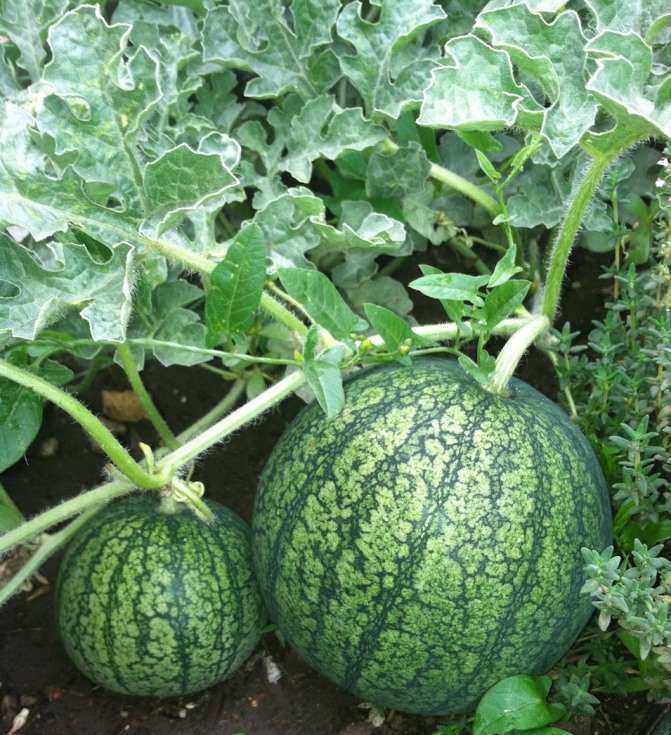
The size and shape of the melon are important factors to consider. Some melons are small and round, while others are large and oblong. Consider your personal preference and the space available in your garden when choosing a melon variety.
3. Taste and Texture
Consider the taste and texture of the melon. Some melon varieties are sweeter and have a smoother texture, while others are more mild in taste and have a firmer texture. Decide which flavor and texture you prefer and choose a melon variety accordingly.
4. Disease Resistance
Check for disease resistance when choosing a melon variety. Some melon varieties are more resistant to common melon diseases, such as powdery mildew and fusarium wilt. Choosing a disease-resistant melon variety can help ensure a healthier and more productive melon garden.
5. Harvesting Time
Consider the harvesting time of the melon variety. Some melons ripen earlier in the season, while others take longer to mature. Choose a melon variety that aligns with your desired harvest time to ensure you have melons ready when you want them.
| Melon Variety | Climate | Size and Shape | Taste and Texture | Disease Resistance | Harvesting Time |
|---|---|---|---|---|---|
| Watermelon | Hot climate | Large and oblong | Sweet and juicy | Low resistance to diseases | 80-100 days |
| Cantaloupe | Hot climate | Medium size and round | Sweet and aromatic | High resistance to powdery mildew | 70-90 days |
| Honeydew | Hot climate | Large and round | Sweet and refreshing | High resistance to fusarium wilt | 80-95 days |
| Canary Melon | Hot climate | Medium to large and oblong | Subtle sweetness and smooth texture | Medium resistance to diseases | 75-95 days |
By considering these factors and using the table above as a guide, you can choose the right melon varieties for your garden and enjoy a bountiful harvest of delicious melons.
Essential Tips for Sowing Melon Seeds
When it comes to growing melons from seeds, there are a few essential tips that can help you to ensure success. By following these guidelines, you can maximize the chances of getting a bountiful crop of delicious melons.
1. Choose the Right Seeds
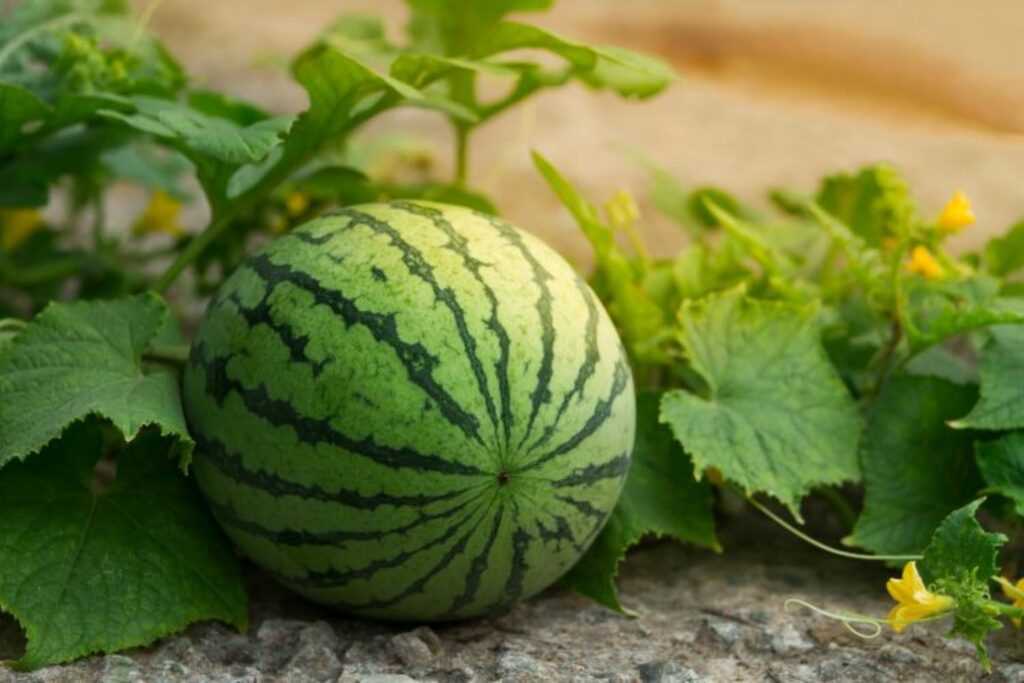
It is important to choose the right variety of melon seeds based on your climate and growing conditions. Some melon varieties are better suited for warm climates, while others can tolerate cooler temperatures. Consider your location and the average temperature before selecting the seeds.
2. Start Indoors
Starting your melon seeds indoors can give them a head start and increase the chances of success. Plant the seeds in seed trays or pots filled with potting soil, and keep them in a warm and well-lit area. Transplant the seedlings outdoors once the weather has warmed up and there is no risk of frost.
3. Provide Proper Watering
Melons require consistent watering throughout their growth cycle, especially during hot and dry periods. Keep the soil evenly moist, but be careful not to overwater as this can lead to root rot. Mulching around the plants can help to retain moisture and prevent weed growth.
4. Support the Vines
As melon plants grow, they develop long and heavy vines that can easily break under their weight. Provide support for the vines by using trellises or stakes. This will help to prevent damage to the plants and ensure that the fruits remain off the ground, reducing the risk of rotting.
5. Monitor for Pests and Diseases
Melons can be susceptible to various pests and diseases, such as aphids, powdery mildew, and cucumber beetles. Regularly inspect the plants for any signs of infestation or disease, and take appropriate measures to control them. This can include using organic insecticides or fungicides, as well as practicing proper crop rotation.
By following these essential tips, you can increase your chances of sowing melon seeds successfully and growing healthy and delicious melons. Remember to always provide the right conditions and care for your plants, and enjoy the fruits of your labor in the end!
Understanding Melon Plant Care
Growing melons can be a rewarding experience, but it requires specific care to ensure healthy and abundant fruit production. Here are some key aspects to consider when caring for melon plants.
1. Site Selection:
Choose a sunny location for planting melon plants. They thrive in full sunlight, which helps in their growth and fruit development. Select a spot with well-draining soil to avoid waterlogging, as melon plants are susceptible to root rot.
2. Soil Preparation:
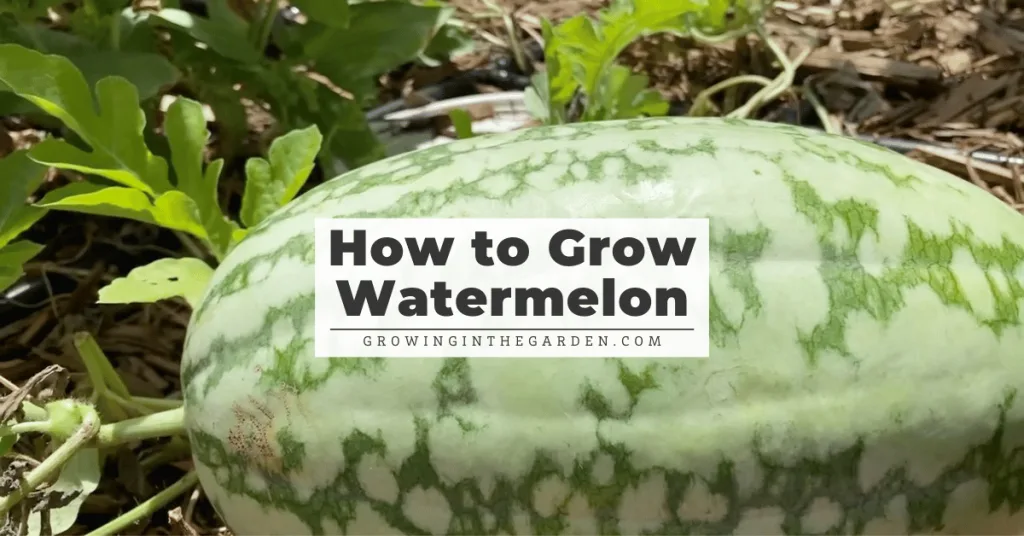
Prepare the soil by adding organic matter such as compost or aged manure. This will improve soil fertility and drainage. It is also important to ensure that the pH level of the soil is between 6.0 and 6.8, as melon plants prefer slightly acidic soil.
3. Planting:
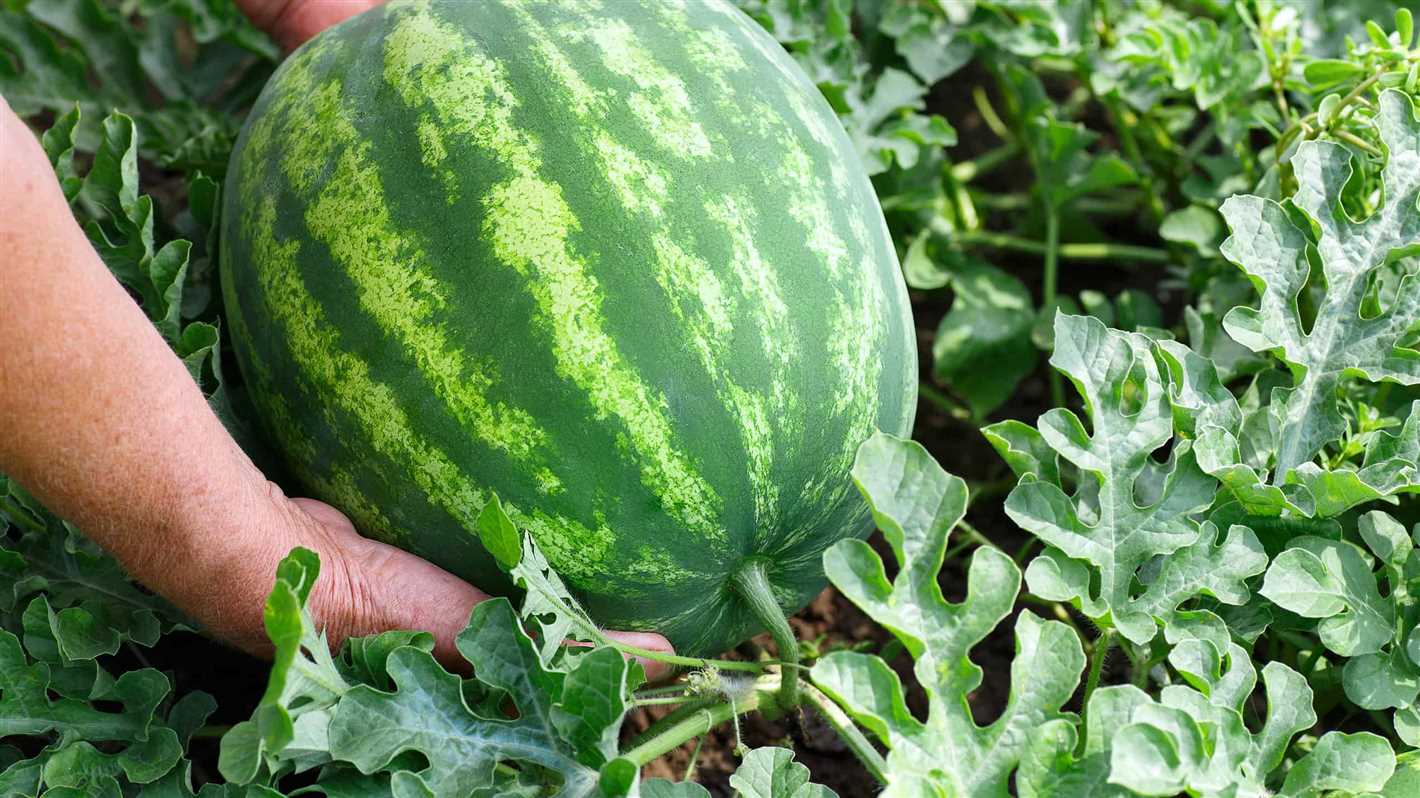
Plant melon seeds or seedlings after the last frost date in your area. Create mounds or hills in the soil, spacing them at least 4 to 6 feet apart. Plant the seeds or seedlings in the mounds, burying them about 1 inch deep.
4. Watering:
Proper watering is essential for melon plants. They require consistent moisture, especially during the fruiting stage. Water deeply but infrequently, allowing the soil to partially dry out between waterings. Avoid overwatering, as it can lead to disease and fruit cracking.
5. Fertilizing:
Regular fertilization is necessary to ensure healthy growth and fruit production. Apply a balanced fertilizer, such as a 10-10-10, according to the package instructions. Start fertilizing a few weeks after planting and continue every 4 to 6 weeks throughout the growing season.
6. Pest and Disease Management:
Monitor your melon plants regularly for signs of pests or diseases, such as aphids, powdery mildew, or cucumber beetles. Use organic pest control methods or consult a garden professional for appropriate treatments. Proper weed control is also important to reduce competition for nutrients and water.
7. Harvesting:
Harvest melons when they are fully ripe. This can be determined by checking for the characteristic color, texture, and aroma of the specific melon variety. Cut the melons from the vine using a sharp knife, leaving a small stem attached.
8. Storing:
To store harvested melons, keep them in a cool, dry place with good air circulation. Avoid stacking them to prevent bruising. Most melon varieties can be stored for up to two weeks.
By following these care guidelines, you can successfully grow healthy and delicious melons in your garden. Enjoy the fruits of your labor!
The Importance of Proper Watering Techniques
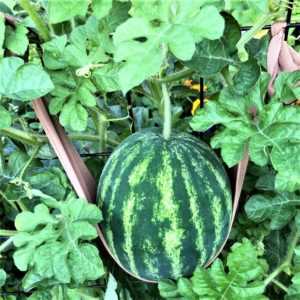
Watering is one of the most essential tasks when it comes to growing melons. Proper watering techniques ensure that the plants receive the necessary moisture to thrive and produce delicious fruits. Here are some reasons why proper watering techniques are important:
Prevents Underwatering: Melons require consistent moisture throughout their growing season. Underwatering can result in stunted growth, poor fruit development, and wilting of leaves. By using proper watering techniques, you can ensure that the plants receive sufficient water to prevent underwatering.
Avoids Overwatering: While melons need adequate moisture, overwatering can also be detrimental. Excessive water can lead to root rot, nutrient leaching, and the development of fungal diseases. By using proper watering techniques, you can avoid overwatering and maintain the ideal moisture level for healthy melon plants.
Promotes Deep Root Growth: Proper watering techniques encourage the roots to grow deep into the soil. Deep-rooted plants are more resilient during dry periods as they can access water from deeper soil layers. This promotes healthier and more robust melon plants that can withstand drought conditions.
Now that we understand the importance of proper watering techniques for growing melons, let’s explore some tips to help you water your melon plants effectively:
Watering Schedule: Develop a regular watering schedule to provide consistent moisture to your melon plants. Aim to water them deeply once or twice a week, depending on the weather conditions and the water requirements of the specific melon variety you are growing.
Irrigation Method: Choose an appropriate irrigation method that ensures water reaches the roots without causing excessive runoff. Drip irrigation or soaker hoses are ideal for melon plants as they deliver water directly to the soil.
Watering Depth: Water deeply to encourage deep root growth. Apply water slowly and deeply, allowing it to penetrate at least 6-8 inches into the soil. This will ensure that the roots access the water and nutrients they need for healthy growth.
Timing: Water your melon plants early in the morning to allow the foliage to dry before evening. This helps prevent the development of fungal diseases that thrive in damp conditions.
Mulching: Apply a layer of organic mulch around your melon plants to retain moisture in the soil. This helps reduce evaporation and maintains a more consistent soil moisture level.
Monitor Soil Moisture: Regularly check the soil moisture level by inserting your finger or a moisture meter into the soil. Water only when the top couple of inches of soil feels dry. Avoid watering if the soil is still moist.
By following these proper watering techniques, you can ensure that your melon plants receive the right amount of water at the right time, leading to healthy growth and abundant fruit production.
Protecting Melons from Pests and Diseases
Melons are susceptible to various pests and diseases that can damage the crop and reduce yield. To ensure a healthy and bountiful melon harvest, it is important to take preventive measures and address any pest or disease issues promptly.
1. Implement good cultural practices:
- Start by selecting disease-resistant melon varieties.
- Provide adequate spacing between plants to promote air circulation and reduce the risk of disease spread.
- Practice crop rotation to prevent the buildup of pests and diseases in the soil.
- Keep the melon patch clean and free of weeds, which can serve as hosts for pests and diseases.
2. Monitor for pests:
Regularly inspect the melon plants for signs of pest infestation, such as holes in the leaves, chewed fruits, or presence of pests like aphids, cucumber beetles, or spider mites. Early detection can help prevent the pest population from getting out of control.
3. Use natural pest control methods:
- Encourage beneficial insects, such as ladybugs and lacewings, which feed on common melon pests.
- Deploy physical barriers, such as row covers, to protect the plants from pests while allowing sunlight and air circulation.
- Apply organic pest control sprays or traps as necessary, using products approved for use on edible crops.
4. Prevent diseases:
- Water melon plants at the base to avoid wetting the foliage, which can promote the development of fungal diseases.
- Remove and destroy any infected or diseased plant parts to prevent the spread of diseases.
- Avoid over-watering, as this can lead to root rot and other moisture-related diseases.
- Apply organic fungicides or biocontrol agents, following the manufacturer’s instructions, to combat fungal diseases.
5. Maintain overall plant health:
Ensure that melon plants are well-nourished and receiving adequate sunlight and water. Healthy plants are more resilient to pests and diseases.
By implementing these practices, you can create a more hostile environment for pests and diseases, and increase the chances of a successful melon harvest.
Harvesting Melons at the Peak of Flavor
Harvesting melons at the right time is crucial to ensure that they are at their peak of flavor and sweetness. Here are some tips to help you determine when your melons are ready to be harvested:
- Check the color: The color of the melon should be vibrant and consistent. Depending on the variety, a ripe melon can range from a deep green to a golden yellow or orange.
- Feel the firmness: Gently press the melon with your palm. A ripe melon should give in slightly but still have some firmness. If it feels too soft or mushy, it may be overripe.
- Smell the aroma: Ripe melons will have a sweet, fruity aroma. Take a whiff near the stem end of the melon to check for a pleasant fragrance.
- Inspect the stem: The stem should easily detach from the melon when it is ready to be harvested. If it requires force or the stem is still green, the melon may not be ripe yet.
- Pay attention to the time: Most melons take around 75 to 90 days to mature, depending on the variety. Keep track of the days since planting to estimate when they may be ready for harvest.
Note: It is better to slightly underripe a melon than to let it become overripe on the vine. Melons will not continue to ripen once harvested, so it’s important to harvest them at the right time.
Storage tip: After harvesting, store melons at room temperature for a few days to allow them to fully ripen. Once ripe, they can be stored in the refrigerator to extend their shelf life.
Storing and Enjoying Homegrown Melons
After successfully growing your own melons, it’s important to know how to store and enjoy them to ensure maximum flavor and freshness. Here are some tips to help you properly store and savor your homegrown melons:
1. Harvesting Melons
When harvesting melons, it’s essential to wait until they are fully ripe. Look for signs such as a sweet aroma, change in color, and a slight softness when gently pressed. Cut the melon from the vine using a sharp knife, making sure to leave a small portion of the stem intact.
2. Preparing Melons for Storage
Before storing, it’s recommended to clean the melons to remove any dirt or debris. Gently wash the melons using a soft brush and cool water. Avoid using soap or harsh chemicals as they can affect the taste and quality of the melons. Once cleaned, allow the melons to air dry completely before moving on to the next step.
3. Storing Melons
The best way to store melons is in a cool, dry place with good ventilation. A basement or cellar with temperatures between 45 and 50 degrees Fahrenheit (7 to 10 degrees Celsius) is ideal. If you don’t have access to such storage conditions, you can store them in the refrigerator. However, keep in mind that refrigeration can affect the texture and flavor of the melons.
When storing melons in the refrigerator, wrap them individually in a plastic bag or wrap to prevent moisture loss and absorption of odors from other foods. It’s also essential to place them away from fruits and vegetables that produce ethylene gas, such as apples and tomatoes, as this gas can accelerate ripening and spoilage of the melons.
4. Enjoying Melons
Once your melons are properly stored, it’s time to enjoy them at their best. Before consuming, wash the melons again to remove any dirt or bacteria that may have accumulated on the skin during storage. Cut the melons using a clean knife and scoop out the juicy flesh using a spoon or melon baller.
There are various ways to enjoy homegrown melons, including eating them fresh, adding them to salads, blending them into smoothies, or using them in desserts. The sweet and refreshing flavor of melons pairs well with other fruits, yogurt, mint, or even a sprinkle of salt or lime juice for a unique twist.
5. Preserving Excess Melons
If you have an abundance of homegrown melons and can’t consume them all before they spoil, consider preserving them for future use. You can freeze melon chunks, blend them into purees or juices, or even make homemade melon jam. Remember to properly label and date your preserved melons for easy identification.
By following these storage and consumption tips, you can make the most of your homegrown melons and enjoy their deliciousness throughout the year.
“Question-Answer”
What is the best time to plant melons?
The best time to plant melons is in the spring, after the last frost has passed and the soil has warmed up.
How should I prepare the soil for planting melons?
Before planting melons, it is important to prepare the soil by tilling it well and adding organic matter, such as compost, to improve drainage and fertility.
What are some common pests and diseases that affect melon plants?
Some common pests that affect melon plants include aphids, cucumber beetles, and spider mites. Diseases that can affect melon plants include powdery mildew and fusarium wilt.
How often should I water my melon plants?
Melon plants should be watered regularly, especially during hot and dry weather. It is important to keep the soil evenly moist, but not waterlogged, to prevent rotting of the melon fruits.
When are melons ready to be harvested?
Melons are ready to be harvested when they are fully ripe. This can be determined by checking the color, smell, and texture of the melon. Ripe melons should have a sweet smell and a firm but not too hard texture.







